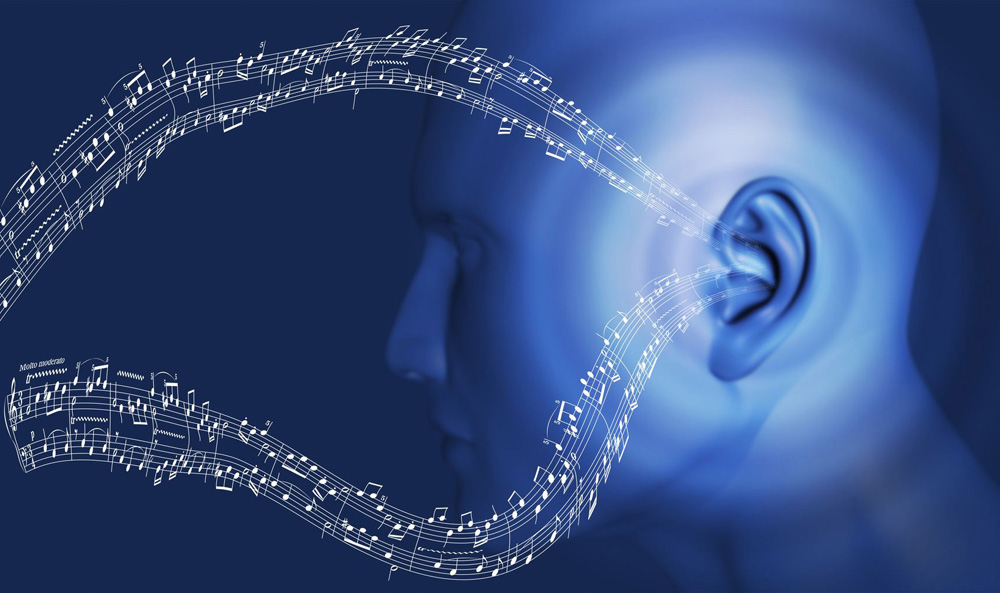
Additional Advice
Judicious use of the most basic of EQs – a high-pass filter (HPF) – goes a long way to eliminating unnecessary frequencies that can muddy a mix, and it’s my first port of call in the EQ process. Consider the range of frequencies that each sound exists within and where the defining characteristics of that sound lie within the audio spectrum.
Let’s take hi-hat as an example – there’s not much useful information in the lower frequency ranges, and in fact the mic is picking up spill from the rest of the kit – so it’s good to clean up and get rid of the extraneous low stuff. My approach is to set an HPF at around 600 Hz for cymbals, but try it for yourself – solo the mic, use your ears and see what you think.
Follow the same process with the other inputs, and tidy up anything that isn’t providing useful audio information – play around and consider where you might set hi-passes for different drums, vocals and so on.
You can do the same thing with low-pass filters (LPF), but be careful. A bass guitar, for example, is primarily low frequencies, but if an LPF is set too low, you’ll lose a lot of the “attack” – the finger-on-string sound that gives a bass its definition – because that sound is actually quite high up in the frequency spectrum. (Try boosting a bass guitar in the 5kHz region and see what you notice.)
Likewise vocals – most of the action is in the 300 Hz to 3 kHz range, but set the filters there and you’ll lose low “body” as well the “super Ks” – the very high harmonics that give a sound its “air.” So listen, listen, listen and experiment.
Making Sonic ID
Identifying frequencies is obviously a vital tool for sound engineers, and learning this skill really is just practice and repetition. I spent many hours in a PA company warehouse with a mic and a graphic EQ, making a wedge feed back and gradually learning what different frequencies sounded like.
Once you’ve got a decent idea of that, it’s time to start to refine your skills using the parametric EQ on the channel strip of the desk, and this is the next EQ tool after the HPF for the inputs. My preferred way to precisely locate a frequency is to solo the (muted) input on cans/in-ear monitors, set a filter with a tight bandwidth or “Q” around the frequency I’m looking for, and boost it quite hard, say, by 10 dB.
Then I sweep the filter up and down slightly until the frequency I’m listening for me pops out, and with that identified, I can then reduce or boost it as appropriate (close your eyes as you do this if you like, to make sure you’re really are using your ears and not letting your assumptions fool you).
You might want to keep the Q really tight if it’s just one frequency that’s over or under-represented (which is what I’d usually do with toms), or you may choose to do a big old scoop. My typical kick drum EQ has a wide low boost for “boom,” a wide, high boost for “thwack,” and a wide gap in the mids where there’s nothing useful or sonically pleasing going on.
Approaching EQ like this means that you start to carve an audio landscape, with different instruments occupying different areas of the frequency spectrum. In my experience it gives a nice clarity and “separation” to a mix – the opposite of audio “muddiness.” It’s all about trial and error, so grab every opportunity to play around.
The advent of virtual sound check playback systems has made it easier than ever to refine skills, so if you’re lucky enough to have access to such a system, make use of it. Tip: most high-end console manufacturers have demo rooms set up with exactly that, and are usually very amenable to potential end-users coming to try out their equipment, so don’t be shy about calling them up and arranging a session. It’s a great way to hone your craft as well as to learn different desks,and make contacts.
